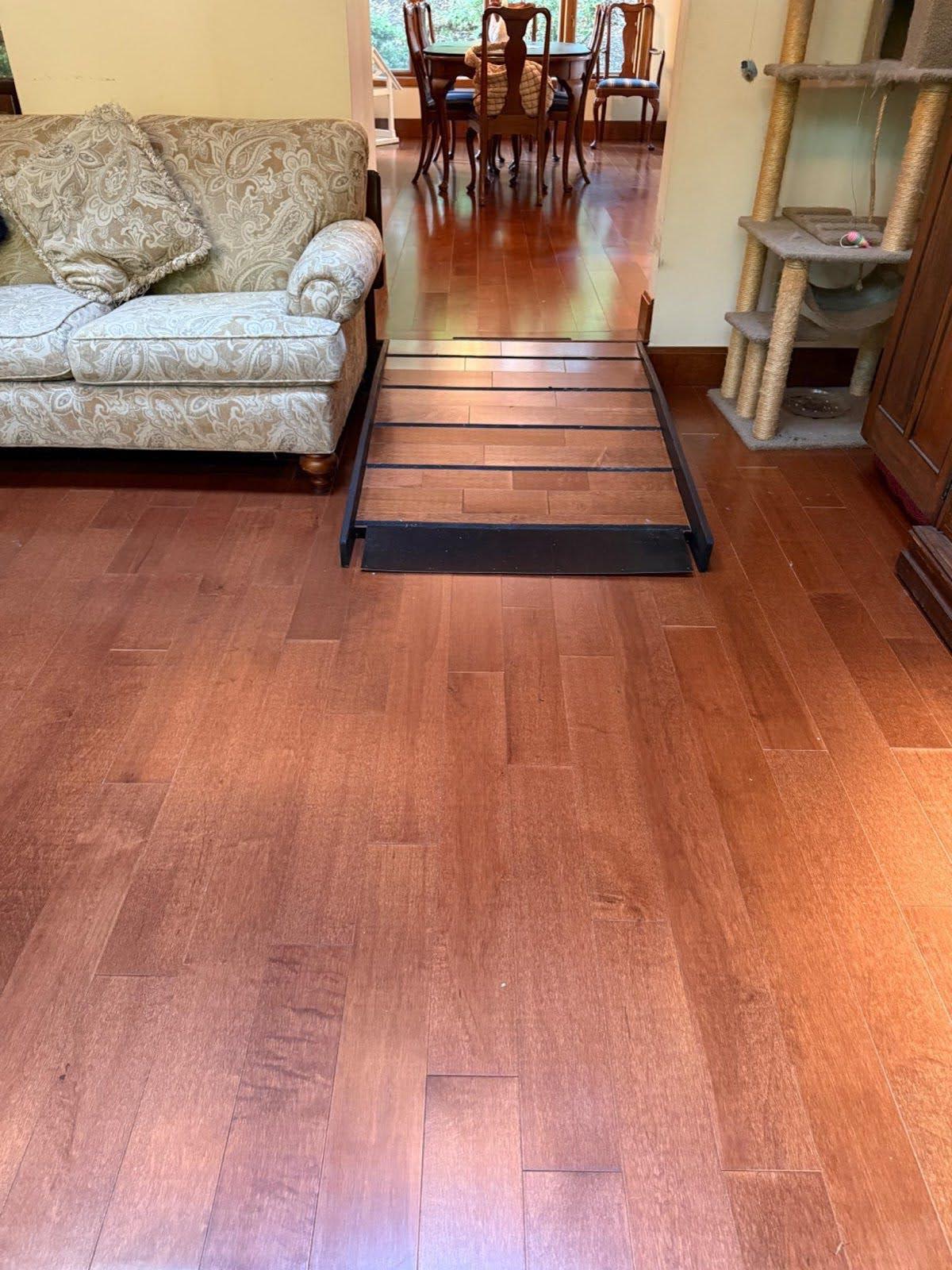Every type of flooring has an average expected lifespan, with premium materials capable of lasting decades with excellent maintenance and regular cleaning. Whether you have engineered wood floors or well-loved carpet, this handy guide will help you make an informed decision about when to replace your flooring.
Things to Consider When Replacing Flooring
Even within specific categories, flooring products may last anywhere from a few years to several decades. Many factors dictate how often your flooring will need to be replaced, including several that you can influence.
- Maintenance: Cleaning your floors regularly, following manufacturer recommendations, and addressing spills and leaks quickly will help you prolong the functional lifespan of any flooring.
- Traffic: Flooring in high-traffic areas, such as entryways, living rooms, and kitchens, will wear out faster than that in quieter areas of the home. These are the areas where durable materials (think vinyl and tile) are always worth the investment.
- Installation: Professional installation substantially improves the durability and longevity of flooring, especially for more challenging materials like tile and wood. In many cases, professional installation is the only way to protect your manufacturer’s warranty, too.
- Material: Tile, wood, and vinyl are some of the longest-lasting flooring materials, while carpet and laminate require more frequent replacement. Even within product categories, higher-end products may last much longer than budget options.
How Often Does Your Flooring Need to Be Replaced?
How Often to Replace Vinyl Flooring
Luxury vinyl plank and vinyl tile generally last 15-30 years. In most cases, the thicker the wear layer, the longer the vinyl will last. Avoid hard cleaning chemicals to preserve the finish and keep your vinyl looking like new.
How Often to Replace Tile Flooring
Well-maintained tile flooring can last 50 years or more. It’s not uncommon for porcelain or ceramic tiles to outlast the structural integrity of the home itself! More than any other material, professional installation is crucial to tile flooring’s longevity.
How Often to Replace Engineered Wood Floors
Engineered wood flooring can last 20-30 years, with high-end options capable of lasting even longer with proper care. Most higher-quality products have a thicker wear layer that is usually 3mm or more. This is usually enough to be sanded and refinished at least once, significantly extending the flooring’s lifespan. Other factors that impact longevity are foot traffic, finish quality, and maintaining consistent indoor humidity levels to prevent warping.
How Often to Replace Laminate Flooring
Lower-quality laminate may need replacement within five to seven years, but most products are good for 15 to 25 years with regular care. Laminate flooring with higher abrasion class ratings (AC rating) offers longer life spans by protecting against scratches, stains, and moisture.
How Often to Replace Carpeting
Carpet has a shorter expected lifespan and is heavily dependent on regular vacuuming and professional cleaning (every 12-18 months) to last the normal 5 to 15 years. Nylon and wool tend to be the longest-lasting materials, but heavy foot traffic, pets, children, and moisture can significantly shorten their lifespan, even in the best carpet products.
Is It Time to Upgrade Your Flooring?
Floor Coverings International® of Chandler-Gilbert offers honest, reliable recommendations to help homeowners determine when it’s time to replace their floors. We’ll provide a detailed assessment and recommend cost-effective flooring solutions to enhance your space and go the distance. Get expert advice before, during, and after your next flooring upgrade; schedule your free in-home consultation today!



